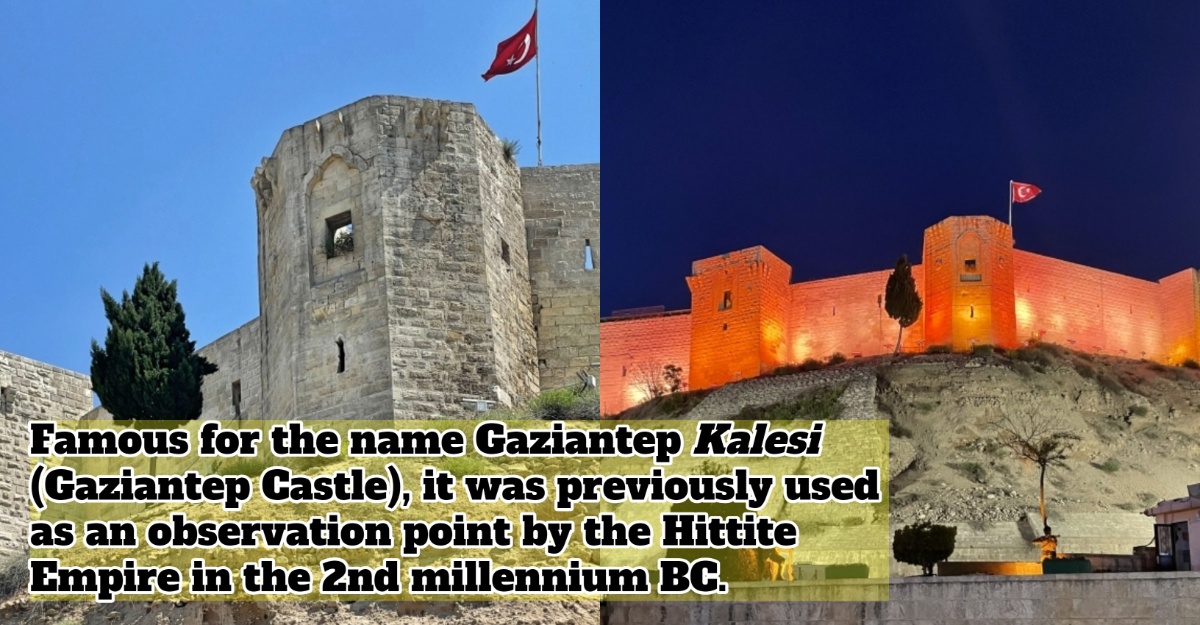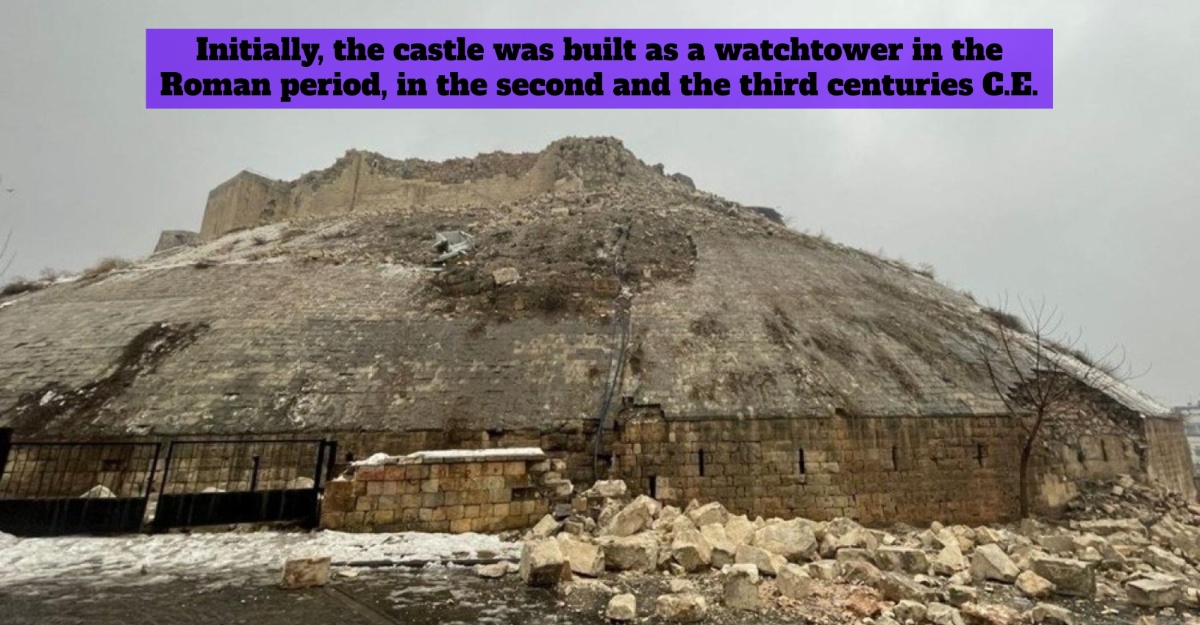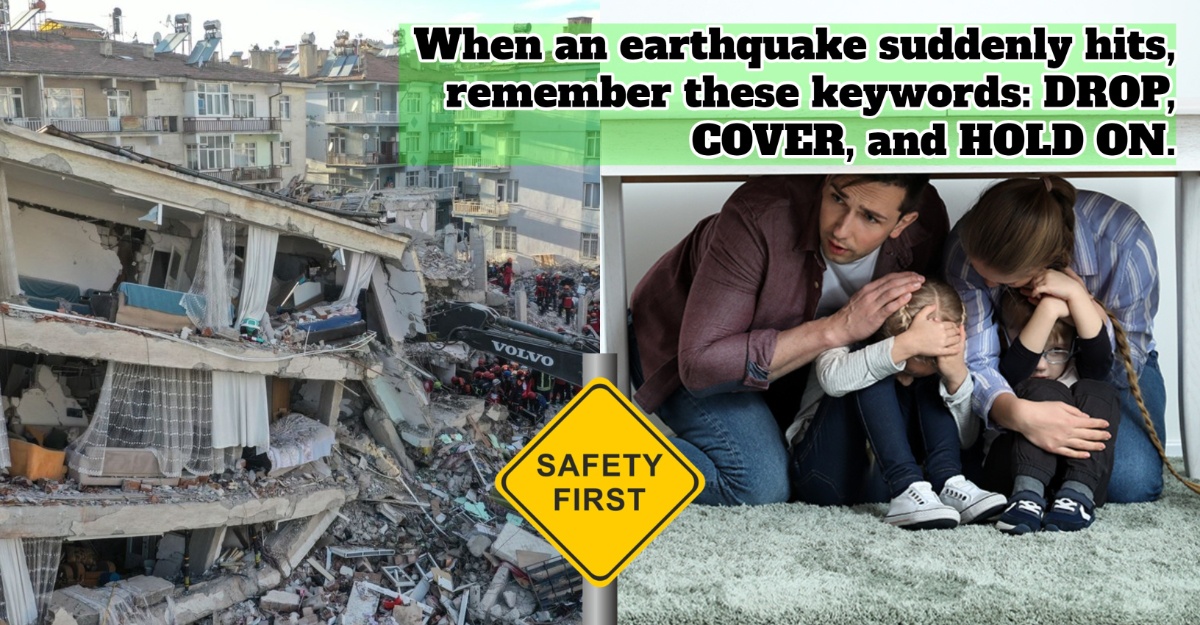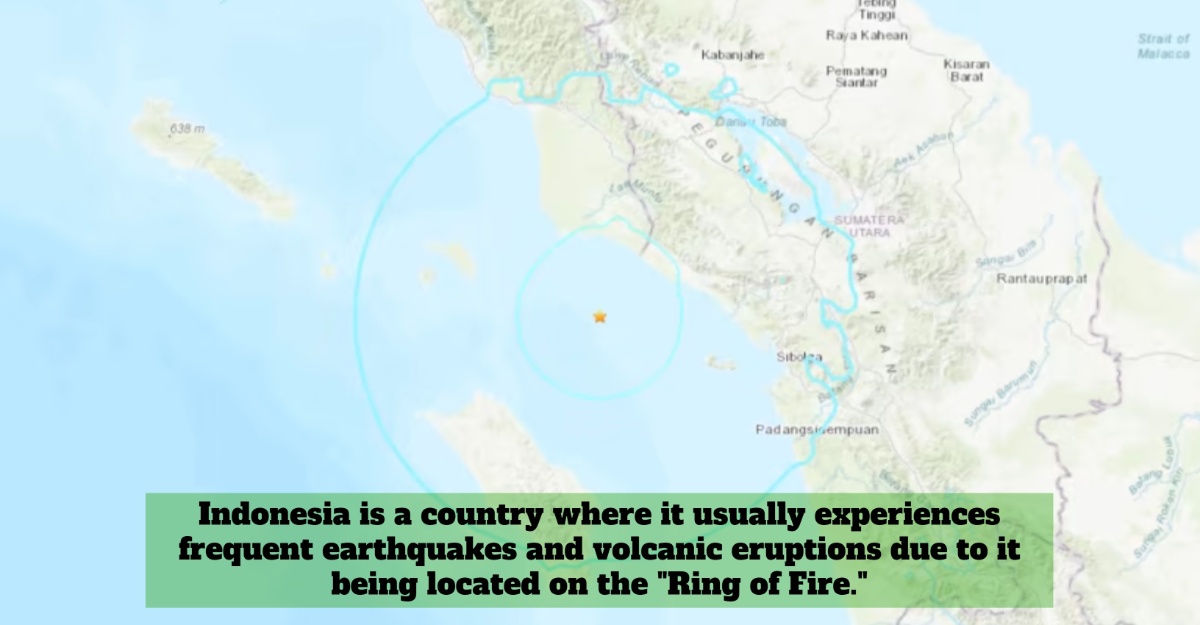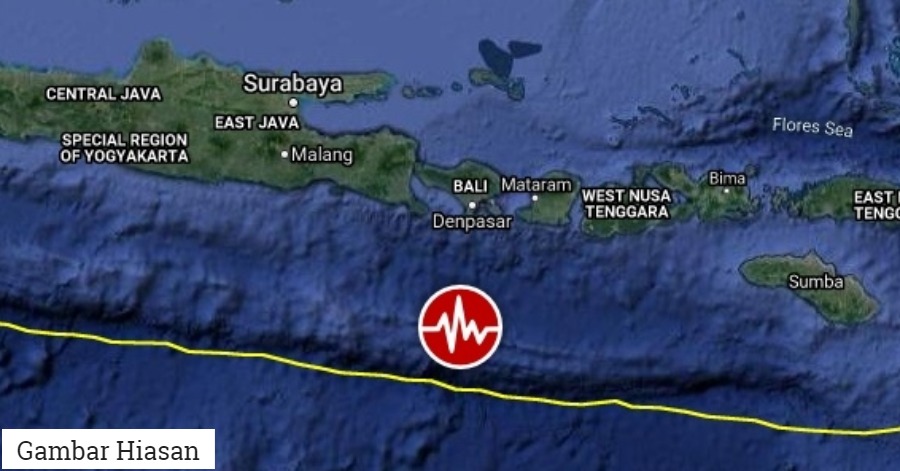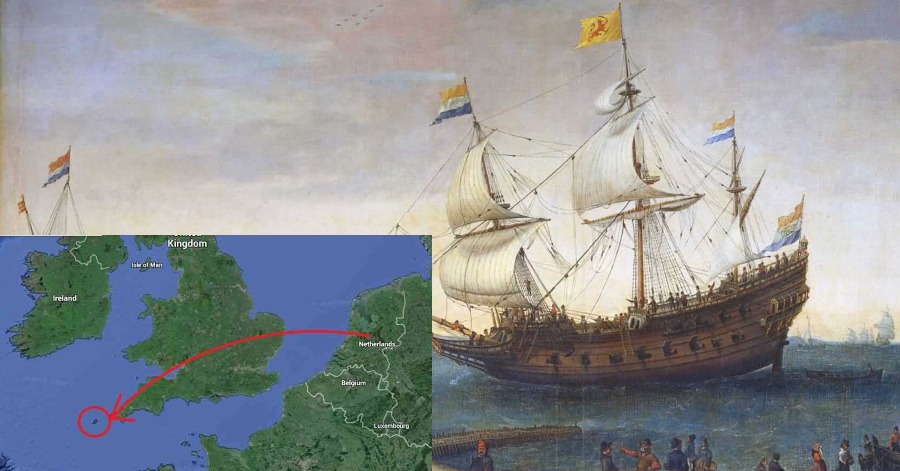The unexpected earthquake in Turkey and Syria has taken almost 3,800 lives. With a magnitude of 7.7~7.8, it is enough to destroy the nation with its groundbreaking quake. As of now, the search and rescue mission is on its way, and we hope everything will be eased.
Heartbreakingly, the Kahramanmaras earthquake collapses the Gaziantep Castle, one of the historical castles in southern Turkey. It’s one of the most well-known landmarks in the city.

Although the natural disaster has swiped away bits and pieces of the castle, history will always remain in our minds. Therefore, let’s relish in the memories of the castle together.
Gaziantep Castle in Turkey: its uniqueness
The majestic castle is located in the Seferpasa area. Believe it or not, it’s visible to the public, making it easy to find. Additionally, it’s one of the best castles to still stand today.
The stone framework has been restored and reinforced to preserve its beauty and architecture. Other restoration works include lining the path with statues. Interestingly, when passing the drawbridge, beautiful and long winding hallways lead around the castle.

History is everywhere in the castle. On each side of the passage, there are information displays.

Did you know? The castle was built in the Roman period. However, the exhibition doesn’t only focus on that part of history. Instead, it also displays the role of Gaziantep during the Turkish war.
The history of this outstanding Kalesi
Famous for the name Gaziantep Kalesi (Gaziantep Castle), it was previously used as an observation point by the Hittite Empire in the 2nd millennium BC. The Roman Empire built forts on the same site during the 2nd and 3rd century AD.
Buildings revolve with time, and so does the castle. Byzantine Emperor Justinian I, in the 6th century, enforced the expansion and renovation of the castle. Originally, the building only stood on a rock. But the Byzantines developed its structure by constructing a mound against the slope of the rock. Afterwards, they circled the site with a dry moat and strengthened it with a subterranean gallery against the castle’s foot.
Formerly known by a different name
Can you believe it? The original name of this castle wasn’t Gaziantep. It was Antep!
After World War I, the Ottoman territory was a land conquered by allied forces. Thus, the French headed to Antep.
Mustafa Kemal Ataturk (founder of the Republic of Turkey) organised forces to start the Turkish war of independence. Therefore, he sent messages to the leaders of Antep, declaring war. Women and children also fought in the war. Despite the starvation, none of them surrendered.
Although the French had more people on their side, they lost to Antep. In 1921, Antep added the word Gazi to its name which meant veterans.
The castle’s structure reflects two prominent empires in Turkey
Gaziantep Castle is irregularly circular. It has 12 towers, and some have Ayyubid and Mamluk decorations. It’s to commemorate their restoration works on the castle.

If restoration works are possible this time, we hope Gaziantep Castle will be in its original form once again. It’s a beautiful castle to visit.
Sources: Turkish Travel Blog, Castles.nl

